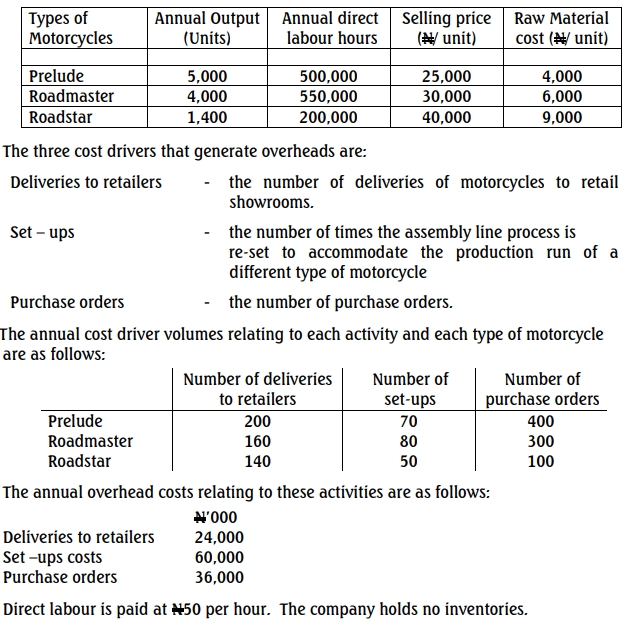- 5 Marks
MA – Nov 2024 – L2 – Q3b – Activity-Based Costing (ABC) in the Service Sector
Assessment of ABC's applicability in the service sector and identification of four units in healthcare where it can be applied.
Question
In their effort to build equitable, resilient, and sustainable systems for health, both The Global Fund and Gavi have approached you on the implementation of ABC systems to improve their customer profitability analysis.
Required:
Assess the applicability of Activity-Based Costing (ABC) in the services sector. In explaining your answer, identify four units in the healthcare sector where ABC systems are applicable and specify an appropriate cost driver for each.
Find Related Questions by Tags, levels, etc.
- Tags: Activity-Based Costing, Cost Control, Cost Drivers, Healthcare, Service Sector
- Level: Level 2
- Topic: Activity-based costing
- Series: Nov 2024
Report an error


